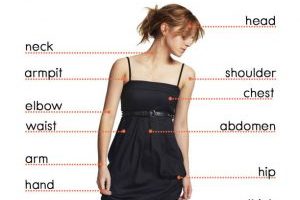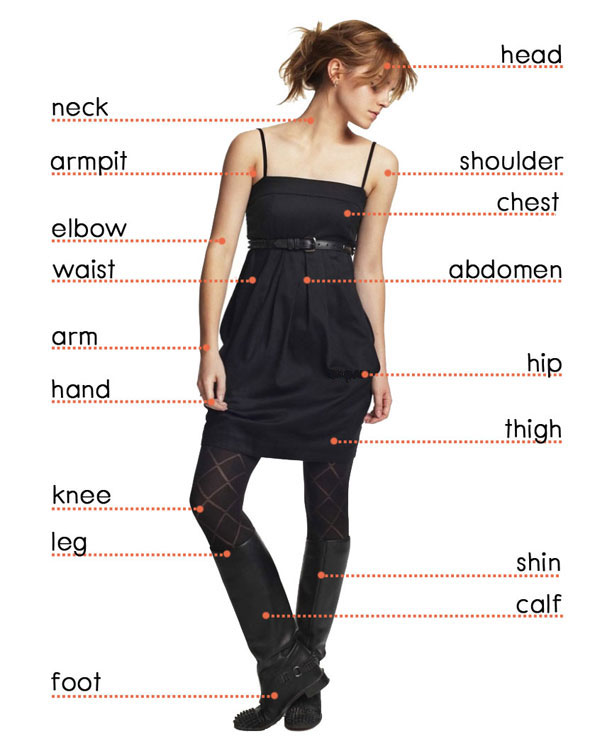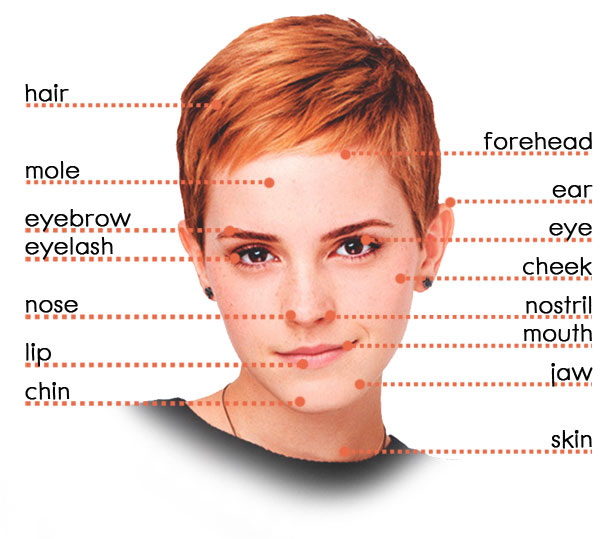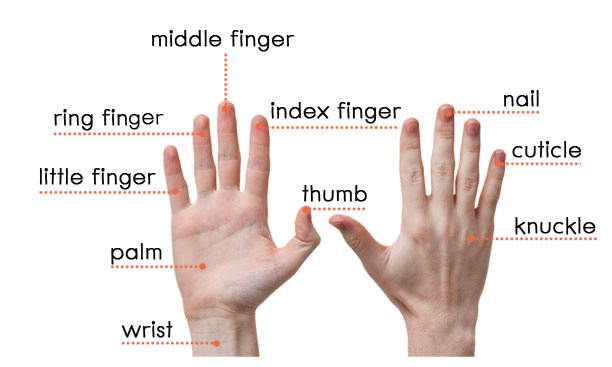Сообщение comparing human and animal body
Обновлено: 16.05.2024
Why is a cell called the main structural and functional unit of the structure of all living organisms?
Recommendations to writing: make a comparison table of animal and plant cells in notebooks
Previous study
Grade 7 the lesson material
Plan
Planned terms
Planned procedure
Resources
The beginning of the lesson
Teacher’s greeting. Creating positive psychological atmosphere. Then all the students are divided into 4 groups. A picture “Plant Cell" stands for the first group. A picture "Animal Cell" stands for the second group. A picture "Venn Diagram" stands for the third group. A picture "Cell Model" stands for the fourth group.
Good morning, dear children. Sit down, please.
At the beginning of our lesson I’d like you to look at the board, then turn to each other, smile and wish each other a good day.
Well done!
Now I want you to watch a small video
Video presentation about a cell life
So, what was this video about?
Who wants to add anything?
Let’s formulate the topic of our lesson according to the video.
The middle of the lesson
Let’s learn some terms of cytology.
They are learning the terms, at the same time the organelles are shown in the presentation. The names of the organelles are called together by the teacher and the students.
Let's repeat them together
Excellent, very well
Now, you should read the text silently . 5 minutes for reading
Work with a textbook
The text in English is learnt by the students themselves. After reading they give their opinions on the content.
Give me some interesting facts from the text
The students give some interesting facts from the textbook on the cell structure
Biology Student’s Book for the 8th grade in English
The students are proposed to watch a video on a cell structure and its organelles in English without captions.
Let’s watch a video about a cell.
After watching the video the students give their opinions about that they have learned from it. They are supposed to fill in the sheets with cytology terms in English and Russian.
Меtodical instructions for the 8th grade
Now, fill in the table and translate the terms into Russian
Let’s check up some terms. Show your work to the partner.
It’s supposed to do peer checking-up. They correct mistakes if there are any.
Electronic software for Biology Student’s Book for the 8th grade
Group work:
Now you have some worksheets. The task is for 4 groups.
The first group will make up a model of a plant cell.
The second group will make up a model of an animal cell.
The third group compare an animal and plant cells. They fill in Venn diagram with similar
and different organelles. Then they name only similar parts.
The fourth group makes up 5 true or false sentences in English on the topic and makes a model of the cell
Possible answers:
1. The plant cell has chloroplasts. - True
2. The animal cell has many chloroplasts - False
3. Cell membrane is around the cell – True
4. Vacuole is a big nucleus – False
5. The plant cell has 3 groups of plastids – True
Hair gel
Plasticine
Sheets of paper
Pictures of organellesF, their captions and functions in English
Presentation of the projects in front of the class:
The first two groups are making a model of a cell on a sheet of paper gluing the organelles, their captions and functions. The third group is making Venn diagram. The fourth group, besides denoting True/False statements, is making a model of a cell in a glass using hair gel and colored plasticine for organelles. As far as presentations of different groups go, the rest of the students can add something or correct mistakes if there are any.
Applause to each group of presenters.
Descriptors: the students…
– can retell the study material, can name the organelles and their functions in the pictures;
– match the text and appropriate picture;
– differ the organelles from each other and fine them in the picture.
The end of the lesson
Name the terms from today’s lesson.
Did we reach the aim of the lesson?
Write down your hometask. Repeat cell organelles and their functions, by learning the song that you will hear now.
На экране идет увлекательное видео о строении клетки на английском языке. Учащиеся могут повторять движения органоидов.
So, children. The lesson is over. You worked very well. Let's applaud to each other. Thanks to everyone.
Write your feedback in the stickers. What did you remember most from the lesson? Attach your feedbacks on the board.
Thanks
Feedback –is presented on the board
What new have I learnt at the lesson?
What was attractive at the lesson?
What should I think over?
What questions aren’t clear so far?
They attach stickers on the board and applauder to each other.
Differentiation
How are you planning to support the students?
Assessment
How are you planning to evaluate the students’ gained knowledge?
Formative assessment. Filled answer sheets are monitored by the teacher while doing the task. Correction is done if needed.
Subject relations
ICT-competence School Hygiene
Keeping Values
Conclusion
Denote two successful ways (in teaching, learning)
Applying of various teaching and learning strategies as well as approbation of learning strategies such as group work, dialogue studying and peer assessment
Individual, pair work and group work.
What ways can help you to improve your teaching?
Improve and vary the tasks after analysis students’ doing them in class.
The tasks remained undone should be revised and transformed in a way. Some tasks weren’t done because of lack of time.
What should be done to improve the upcoming lessons and to individualize teaching and learning process?
There is a necessity of making tasks according to individual and age peculiarities of students.

Самостоятельня работа по теме “Comparing human and animal body” ( 2 курс медицинского училища).
Задание1. Переведите словосочетания из двух существительных, со единенных предлогом of .
the body of a woman______________________________________________
a bowl of sugar __________________________________________________
quarts of blood__________________________________________________
gallons of water__________________________________________________
a teaspoon of salt ________________________________________________
metres of gut______ _____________________________________________
Задание 2. Запишите цифрами значения мер длины, веса, объема жидкостей в российской метрической системе.
2.5 in ____________
11 oz ____________
3.5 in ____________
5 qt ______________
5 in ______________
3 lb ______________
9 oz _______________
4,000 gal_____________
Задание 3. Переведите текст, заменив англо-американские единицы измерения на значения, соответствующие российской метрической системе.
An adult’s heart is about 5 inches long, 3.5 inches wide and 2.5 inches thick. A man’s heart weighs about 11 ounces and a woman’s heart weighs about 9 ounces. The adult heart pumps nearly 4,000 gallons ofblood each day. The normal heart beats about 70 times a minute and pumps 5 quarts of blood every 60 seconds. At this average rate the heart contracts 4,320 times an hour, 103,680 times a day, 58,589,200 times a year. During an average lifetime, the human heart beats more than 2,000 million times and pumps 110 million gallons of blood.
Наша кожа - это естественная оболочка нашего тела. Она защищает нас и дает нам осязание. Продукты, которые очень полезны для нашей кожи, включают фрукты и овощи, орехи, крупы и жирную рыбу.
Мозг управляет нашей нервной системой и контролирует наше поведение. Он использует 20% энергии из пищи, которую мы едим! Мозгу нужны зеленые овощи, полезные жиры, такие как жирная рыба, и углеводы, такие как злаки, хлеб и макаронные изделия.
В человеческом теле более 600 мышц! Без них мы не могли бы двигаться, дышать, качать кровь по телу или переваривать пищу. Чтобы нарастить и восстановить мышцы, вам нужен белок. Мы можем найти это в таких продуктах, как мясо, рыба и яйца.
В человеческом скелете более 200 костей, которые поддерживают и защищают наше тело. Кальций, содержащийся в молочных продуктах, таких как молоко, сыр и йогурт, сохраняет наши кости здоровыми.
command (командовать), nervous system (нервная система), control (контролировать), behaviour (поведение), energy (энергия), fat (жир), oily (жирный, маслянистый), carbohydrate (углевод), breathe (дышать), pump blood (качать кровь), digest, repair (ремонтировать), muscle (мышца), protein (белок), bone (кость), support (поддерживать), protect (защищать), calcium (кальций), sense of touch (осязание)
(жир (сущ.): маслянистое или жирное вещество, содержащееся в растениях и животных, с очень высоким содержанием энергии)
(углевод (сущ.): вещество, содержащееся в таких продуктах, как злаки и картофель, которое обеспечивает много энергии)
(кальций (сущ.): вещество, содержащееся в таких продуктах, как молоко и сыр, полезно для зубов и костей)
head (голова), arm (рука), leg (нога), hand (рука,кисть), foot (стопа), nose (нос), ear (ухо), eye (глаз), shoulder (плечо), back (спина), elbow (локоть), knee (колено), mouth (рот), chin (подбородок), hair (волосы), finger (палец руки), toe (палец ноги), nail (ноготь), stomach (живот), eyebrow (бровь), forehead (лоб)
2 Посмотрите на заголовки в тексте. Какие продукты важны для поддержания здоровья этих органов / частей тела? Слушайте и читайте, чтобы узнать.
The Brain (мозги): green vegetables (зеленые овощи), oily fish (жирная рыба), cereals (злаки), bread (хлеб), pasta (макаронные изделия)
The Skin (кожа): fruit (фрукты), vegetables (овощи), nuts (орехи), cereals (злаки), oily fish (жирная рыба)
3 Скопируйте таблицу. Прочтите еще раз и сделайте пометки под заголовками. Используйте свои записи, чтобы рассказать партнеру о каждом органе / части тела.
Our brain commands our nervous system and the way we behave. To keep it healthy we should eat green vegetables, oily fish and carbohydrates like cereals, bread and pasta.
The muscles are very important because they control our movements. Muscles need food that is high in protein, like meat, fish and eggs.
Bones give our bodies the support they need. To keep them healthy we should eat dairy products, including milk, cheese and yogurt.
Our skin protects our bodies and gives us our sense of touch. To keep it healthy we should eat a lot of fruit and vegetables as well as nuts, cereals and oily fish.
Наш мозг управляет нашей нервной системой и нашим поведением. Чтобы сохранить здоровье, мы должны есть зеленые овощи, жирную рыбу и углеводы, такие как крупы, хлеб и макаронные изделия.
Мышцы очень важны, потому что они контролируют наши движения. Мышцам нужна пища с высоким содержанием белка, например мясо, рыба и яйца.
Кости оказывают нашему телу необходимую поддержку. Чтобы они были здоровыми, мы должны есть молочные продукты, в том числе молоко, сыр и йогурт.
Наша кожа защищает наши тела и дает нам осязание. Чтобы сохранить здоровье, мы должны есть много фруктов и овощей, а также орехов, круп и жирной рыбы.
4 ICT Проведите небольшое исследование в Интернете о других органах / частях тела и о пище, которую мы должны есть, чтобы поддерживать их здоровье, например сердце, глаза, печень и т. д. Напишите об этом несколько предложений, а затем расскажите классу.
The eyes are a unique human organ. The light passes through the lens and the eye then 'records’ a picture on the back part, called the retina. The retina sends a message to the brain and the brain tells you what you actually see. For healthy eyes we should eat food with lots of vitamins, like carrots, spinach, oranges, kiwi fruit and tomatoes. The heart pumps about 70 millilitres of blood around our bodies with each beat. That's about 1,900 gallons of blood per day! Green vegetables like spinach, olive oil and oily fish, nuts and oats are all good for the heart. Healthy hair needs foods like beans, chicken, eggs and nuts. They provide proteins and minerals to keep our hair shiny and strong. They protect our head from extremes of heat and cold.
Our skin is the natural covering of our body. It protects us and gives us our sense of touch. Foods that are very good for our skin include fruit and.
The brain commands our nervous system and controls our behaviour. It uses 20% of the energy from the food we eat! The brain needs green vegetables, healthy fats, such as those in oily fish.
The human body has over 600 muscles! Without them, we couldn't move, breathe, pump blood around our body or digest our food. To build and repair muscles, v/e need protein. We can.
The human skeleton has over 200 bones which support and protect our body. Calcium in dairy products like milk, cheese and.
command, nervous system, control, behaviour, energy, fat, oily, carbohydrate, breathe, pump blood, digest, repair, muscle, protein, bone.
2 Look at the headings in the text. Which foods are important for keeping these organs/parts of the body healthy.
3 Copy the table in your notebook. Read again and make notes under the headings. Use your notes to tell your.
4 ICT Do some Internet research about other organs/parts of the body and the food we should eat to keep them healthy e.g. the heart, the eyes, liver, etc. Write a.
*Цитирирование части задания со ссылкой на учебник производится исключительно в учебных целях для лучшего понимания разбора решения задания.

Сегодня хочется продолжить серию статей о важных группах слов. Предлагаем изучить названия частей тела на английском языке. Многие студенты признаются, что знают эту тему поверхностно, лишь основные слова, ведь сфера их деятельности не связана с анатомией или медициной. Но наша жизнь так непредсказуема: иногда незнание одного лишь слова в стрессовой ситуации может поставить под угрозу чью-то или вашу собственную жизнь.
И, конечно, очень часто в разговоре мы описываем других людей, их внешность и характер. Это все случаи, в которых вам очень помогут знания частей тела на английском языке.
Тело. Body

| Word | Перевод |
|---|---|
| Body | Тело |
| Hand | Рука |
| Head | Голова |
| Neck | Шея |
| Elbow | Локоть |
| Shoulder | Плечо |
| Chest | Грудная клетка, грудь |
| Armpit | Подмышка |
| Arm | Рука (от кисти до плеча) |
| Abdomen, stomach | Живот |
| Waist | Талия |
| Hip | Бедро (бок) |
| Thigh | Бедро |
| Knee | Колено |
| Calf | Икра (ноги) |
| Shin | Голень |
| Leg | Нога |
| Foot (plural – feet) | Ступня (мн. ч. – ступни) |
Лицо. Face
Надеюсь, первая часть была несложной. Теперь посмотрим на лицо и узнаем, из чего оно состоит. Вы знаете все эти слова?

| Word | Перевод |
|---|---|
| Face | Лицо |
| Hair | Волосы |
| Skin | Кожа |
| Eyebrow | Бровь |
| Forehead | Лоб |
| Eyelash | Ресница |
| Eye | Глаз |
| Ear | Ухо |
| Cheek | Щека |
| Nose | Нос |
| Nostril | Ноздря |
| Mole | Родинка, родимое пятно |
| Mouth | Рот |
| Lip | Губа |
| Jaw | Челюсть |
| Chin | Подбородок |
Руки и ноги. Hands and feet
Следующая группа слов для любознательных. Рассмотрим строение руки и ступни.

| Word | Перевод |
|---|---|
| Hand | Рука |
| Wrist | Запястье |
| Little finger | Мизинец |
| Ring finger | Безымянный палец |
| Middle finger | Средний палец |
| Index finger | Указательный палец |
| Thumb | Большой палец |
| Palm | Ладонь |
| Nail | Ноготь |
| Cuticle | Кутикула |
| Knuckle | Сустав пальцев, костяшка |

| Word | Перевод |
|---|---|
| Foot | Ступня |
| Toe | Палец (ноги) |
| Sole | Подошва, ступня |
| Instep | Подъем ноги |
| Arch | Свод стопы |
| Heel | Пятка |
| Big toe | Большой палец |
| Toenail | Ноготь на пальце ноги |
| Little toe | Мизинец (на ноге) |
| Bridge | Верхняя часть ноги |
| Ankle | Лодыжка |
Идиомы с частями тела на английском языке
В завершение вы можете скачать список всех новых фраз из нашей статьи. И, конечно, по доброй традиции предлагаю пройти тест на знание частей тела.
Читайте также:

